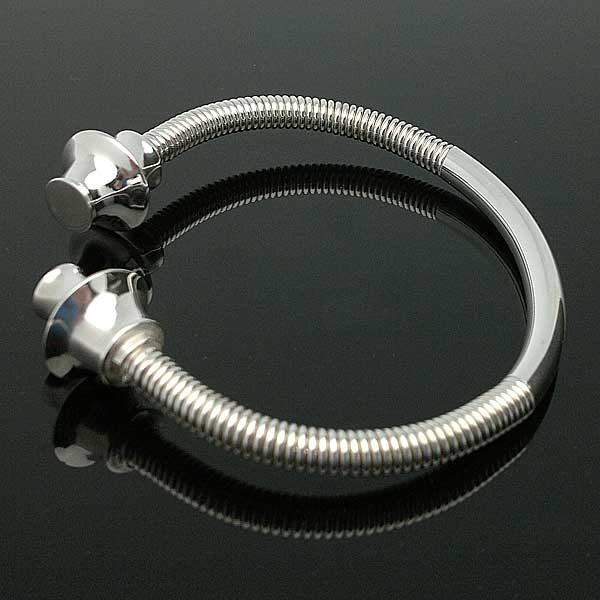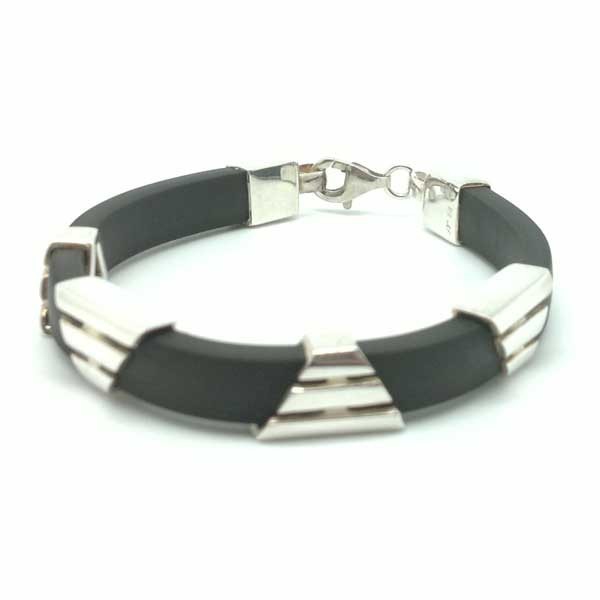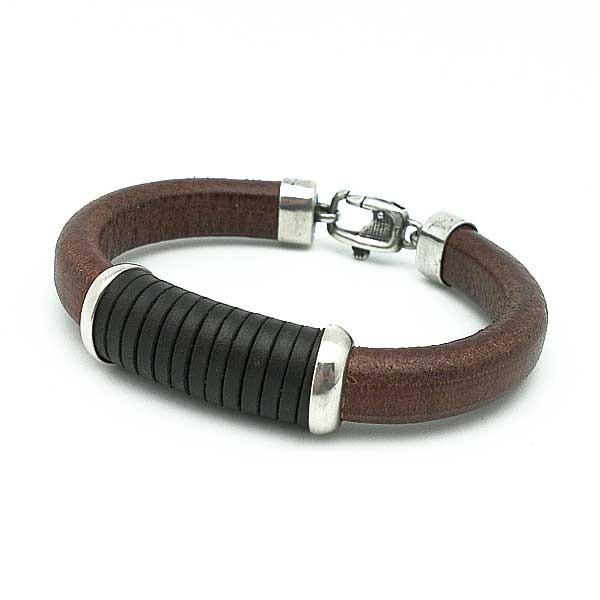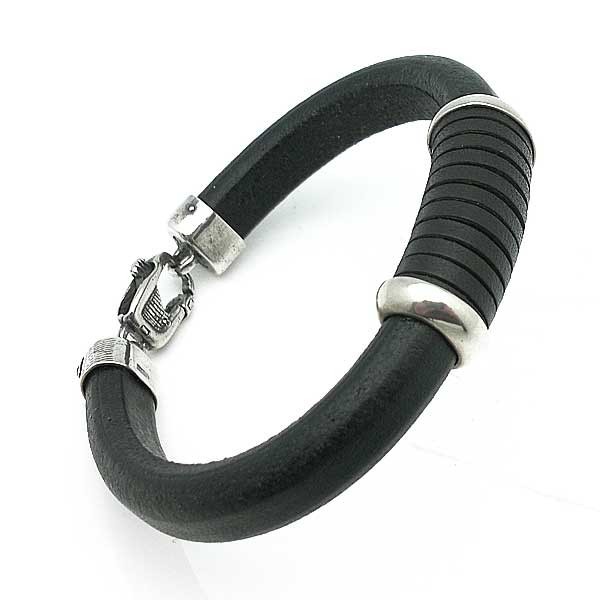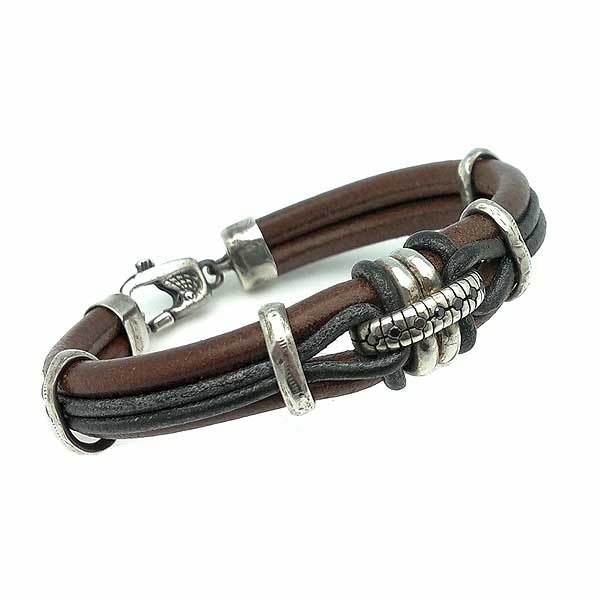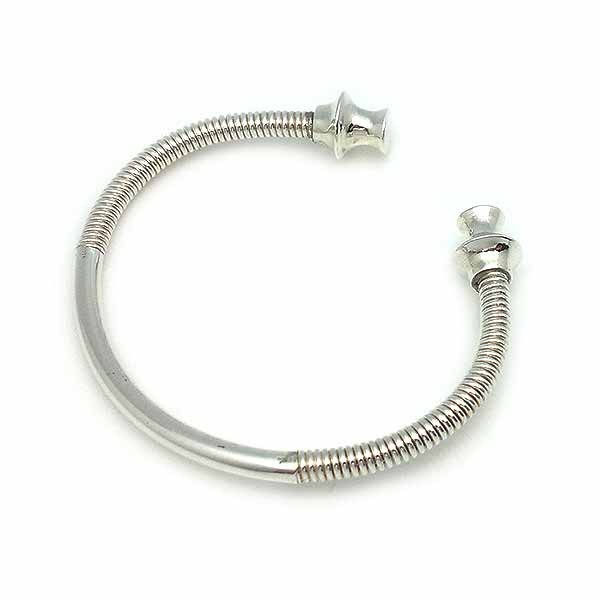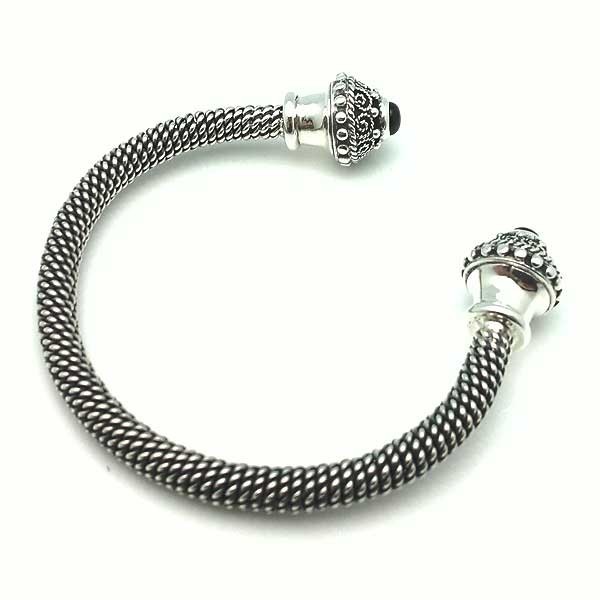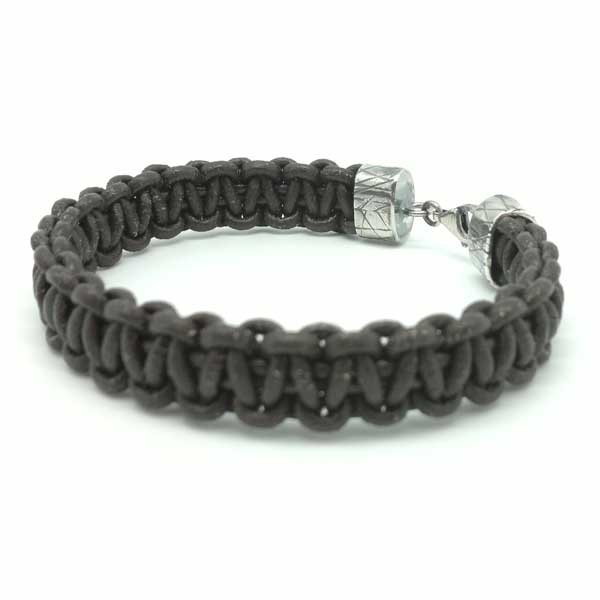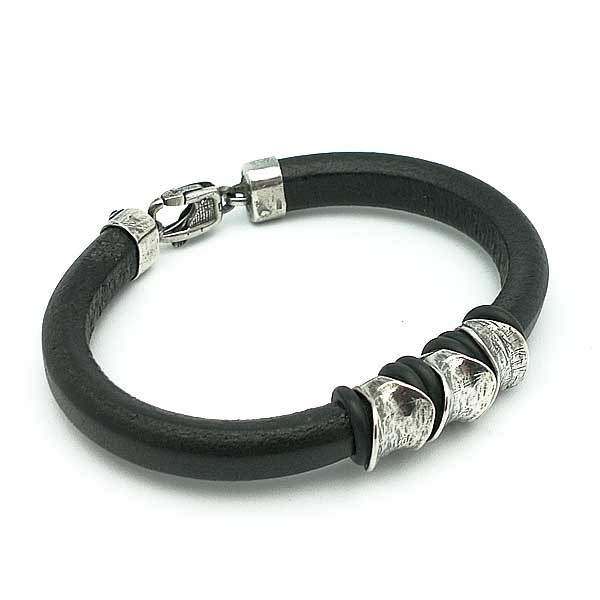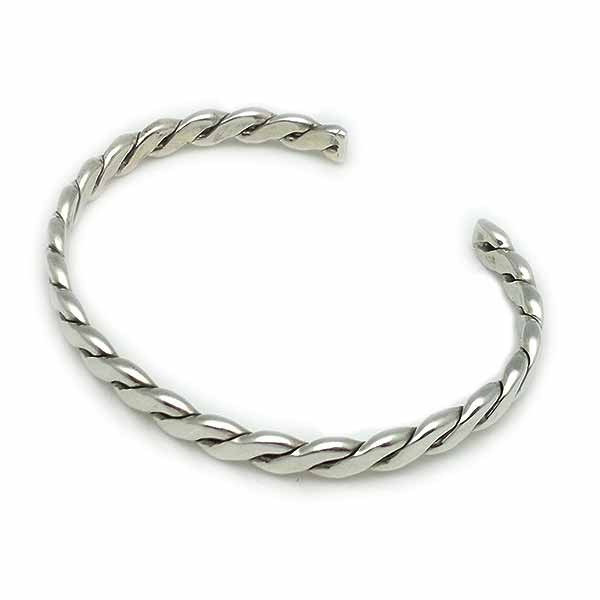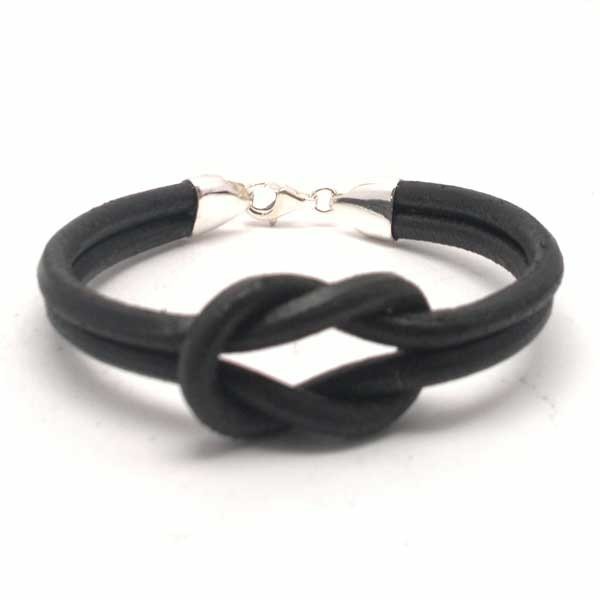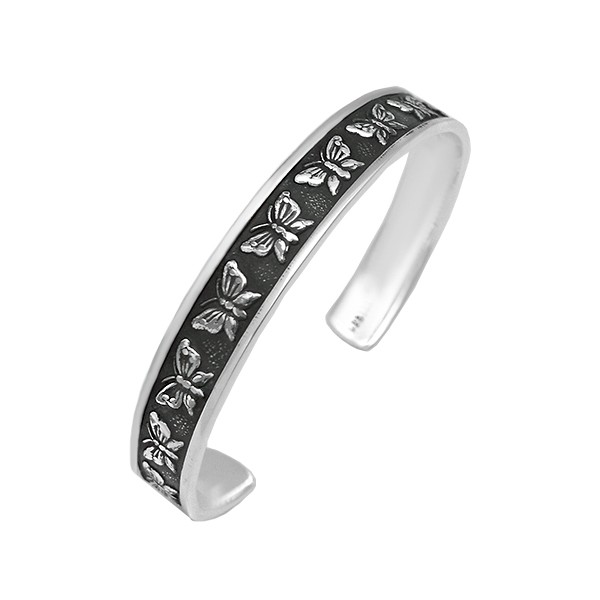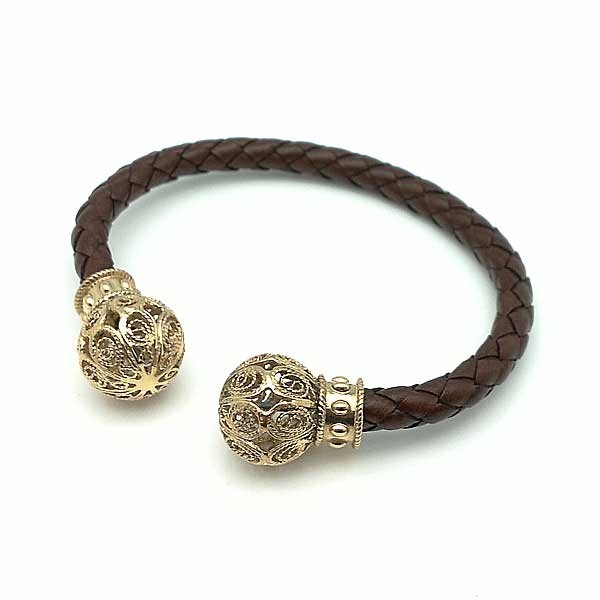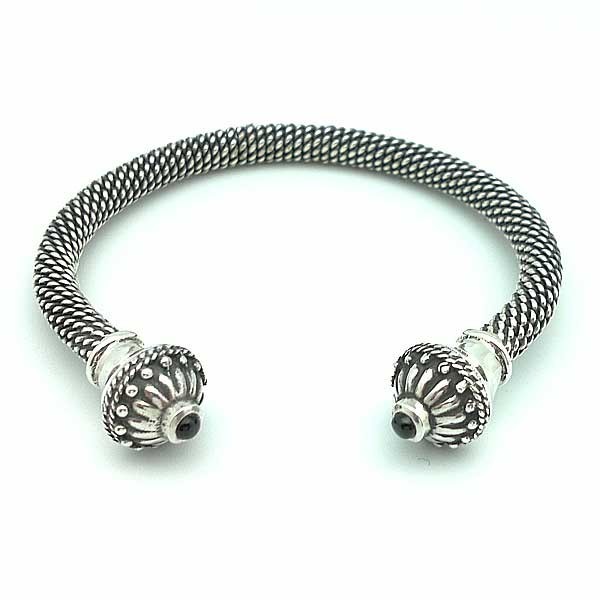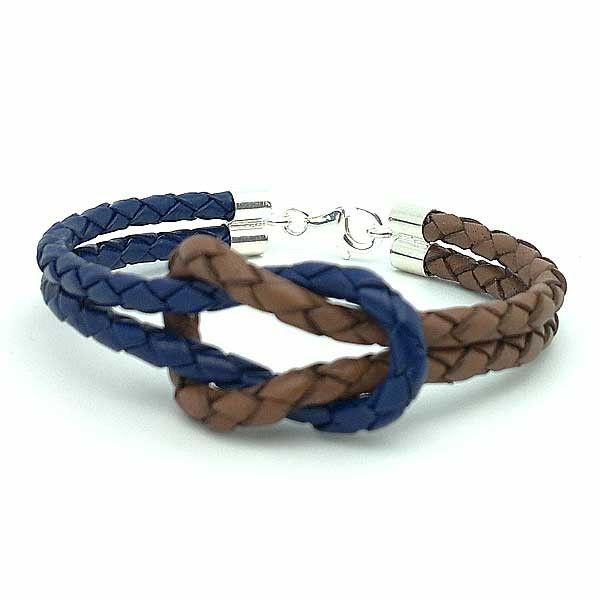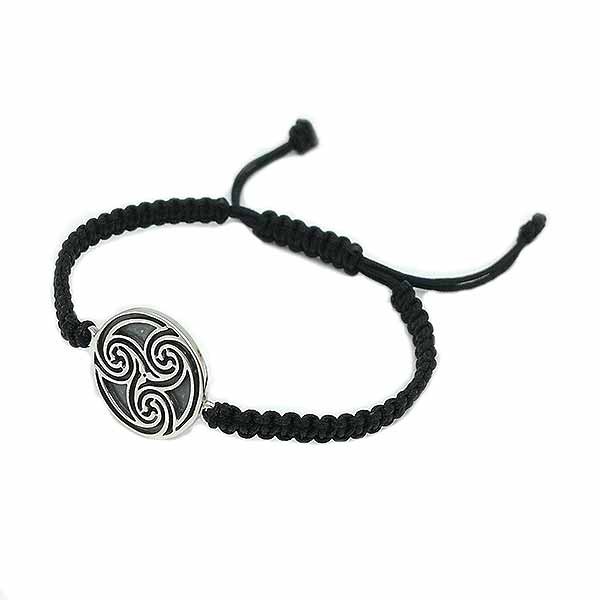Torque in Sterling Silver
€130.00
Tax included
Type torque bracelet, made in sterling silver.

Urgent shipping in 24/48 hours

Wrapped for gift

100% Secure Payment
Spectacular unisex torque, handcrafted in sterling silver (925mm). Designed and manufactured in Spain.
Size: Adjustable.
Whence come the Torques? What are you ?, then have a little history of these gems:
A torque, also spelled torq or torc (Latin 'torquing', twisting, due to the distorted shape of the collar) is a rigid, round collar, which is open at the front, like a circular horseshoe. Typically the two ends of torque had ornaments carved with spheres, cubes or zoomorphic forms, and less often human figures. The body of the necklace was usually, but not always, coated. Although the most common were the necklaces, bracelets also existed in this way. The torques were made of metal strings interlacing, usually gold, bronze or copper, and silver in very few cases.
Importantly, because "torc" means in Old Irish "boar", similar to "torcos" galo, you can establish a relationship with the sacred value of the animal in Celtic mythology. This would suggest some kind of equivalence between the collar and the animal symbol of death and resurrection.
The torques were used by various peoples of the Bronze Age, from 1000 to. C., until around 300, including the Galatians (or Celts of Anatolia), several Germanic tribes of Scythia and Persians. However, it is widely known as a typical celtic necklace, from the time of La Tene, led mainly by Britons, Gauls and Iberians.
One of the earliest known depictions of a torque is in the Warrior Hirschlanden a itifálica statue of a naked warrior made of sandstone, the oldest life-sized anthropomorphic representation of the Iron Age found north of the Alps. It was conducted by the Hallstatt culture in the early Iron Age (800-475 BC.) And can be observed in the Württembergisches Landesmuseum in Stuttgart.
The representations of gods and goddesses in Celtic mythology frequently show the use of torques. The famous sculpture "Dying Galata" [1] Roman copy of a Greek original, shows a warrior, French, wounded who is naked except for the torque. Examples have been discovered in Britain and Europe during archaeological studies [2]. A notable example was found in the Anglo-Saxon Sutton Hoo burial mound.
Some authors think that the torque was a feminine ornament for women until the fourth century. C., when an attribute of warriors turned. However, most authors disagree, arguing that they were used as a sign of nobility and high social status: a military decoration awarded to warriors for their deeds in battle as well as a divine attribute, alleging that many representations of gods Celtic carry one or more torques. Images were found god Cernunnos wearing a torque around his neck torques hanging from his antlers or held in your hand and torques on the graves of Celtic princes.
Because the Roman consul Titus Manlius after a Gallic challenge to a fight and kill him, took his torque and always took him since, received the nickname Torquatus (the one with a torque). Thus the Romans adopted the torque as a decoration for distinguished soldiers and elite units during the Republican period.
The two main torques Late Bronze found in the Peninsula (and more specifically in the current Extremadura) belong to two separate sets of gold jewelry, respectively called Treasure of Berzocana (Cáceres, 1964) and Treasury Sagrajas (Badajoz, 1970). Both are now in the National Archaeological Museum of Spain, in Madrid.
Also have been notable pieces in Arguedas (Navarra), in a Celtiberian necropolis of the second Iron Age (300 BC.), That due to the cremation of the body were found fragmented. Only found one in excellent condition, bronze, with two balls flattened at each end.
Also, on the coast of Lugo solid gold torque, an outstanding piece belonging to asturnorgalaico type, dating from the first century Chao should do Castro, City of Burela, and belonged to the Collection White-Cicero, he found the happened to Gil Varela. The characteristics of this torques are those of this type: circular rod, coiled wires at both ends and Scotland thirds and tapered cuffs. The central third has a good filigree work. Today is exposed in the Provincial Museum of Lugo. It measures 211 mm in diameter and 65 mm length of the coping, weighing 1,812 grams of good quality gold (23 karat), weight well above the average weight they used to Celtic torques, about 500 grams.
Modern Torques
The hippie movement of the 60's and 70's back to the torque to fashion, not only as necklaces and bracelets, but also as rings. The torques bracelets are often used today by men and women. On the other hand, the torques are popularly used as pierced ears, nipples, navels and other body parts.
Torque is also the symbol of Saoi, Aosdána highest honor, the Irish organization of artists that can be awarded to any member.
Some European, Celtic Wicca, Asatru Neo-Druidism and neopagan movements have recovered old traditions and customs in the use of torques and other decorative accessories.
15T26054
No customer reviews for the moment.
